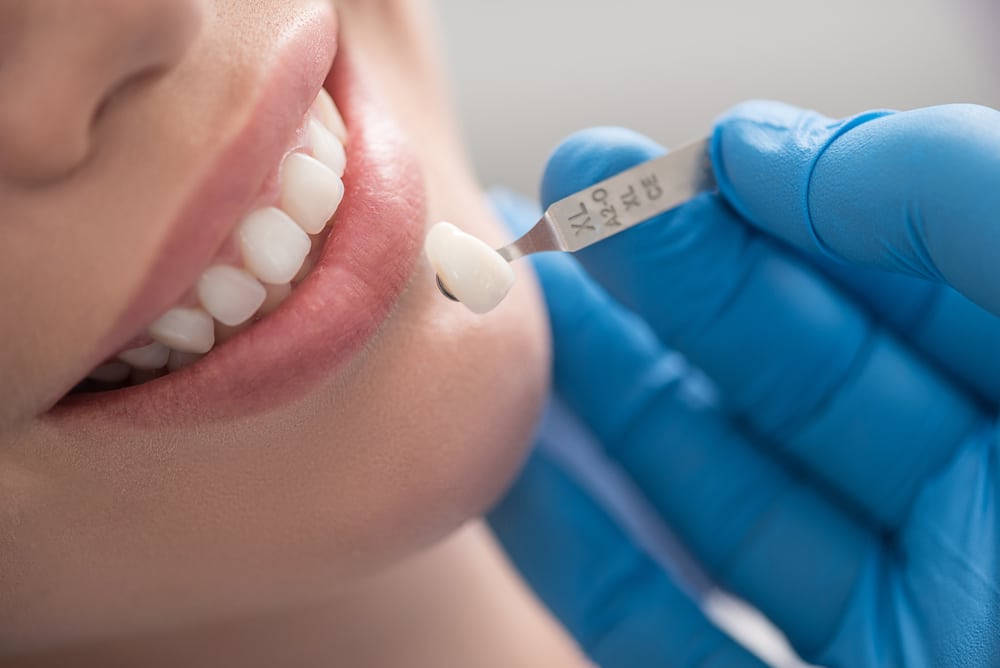
Your smile is an invaluable asset, and when dental issues arise, solutions like tooth crowns come to the forefront of restorative dentistry. Let’s delve into the intricacies of crown tooth procedures, the types of tooth crowns available, and address common concerns such as tooth crown pain and broken crown teeth.
What is a Tooth Crown?
A tooth crown, also known simply as a dental crown, is a custom-made cap that covers a damaged or compromised tooth. This cap, often made of materials like porcelain, metal, or a combination of both, is designed to restore the tooth’s shape, size, strength, and overall appearance. The purpose of a tooth crown extends beyond cosmetic improvements, offering functional benefits to enhance oral health.
Types of Tooth Crown Materials:
1. Porcelain Crowns: These crowns closely mimic the natural appearance of teeth, making them a popular choice for front tooth crowns. They are stain-resistant and durable, providing a seamless blend with surrounding teeth.
2. Metal Crowns: Typically made of gold or other alloys, metal crowns are renowned for their strength and longevity. However, their metallic color makes them less desirable for visible areas of the mouth.
3. Porcelain-Fused-to-Metal (PFM) Crowns: Combining the aesthetics of porcelain with the strength of metal, PFM crowns offer a balance between durability and natural appearance. They are commonly used for both front and back teeth.
4. All-Ceramic or All-Porcelain Crowns: These crowns prioritize aesthetics, providing a natural and translucent look. While not as durable as metal or PFM crowns, advancements in materials have improved their strength, making them suitable for various applications.
Crown on Tooth Procedure:
The process of getting a crown on a tooth typically involves several steps:
1.Evaluation: The dentist assesses the tooth’s condition and may perform X-rays to determine the extent of damage.
2. Preparation: The tooth is prepared by removing any decay or damage. In some cases, a build-up may be necessary to support the crown.
3. Impressions: Impressions of the prepared tooth and surrounding teeth are taken to create a custom-fitted crown.
4. Temporary Crown: While the permanent crown is being crafted, a temporary crown is placed to protect the prepared tooth.
5. Fitting and Bonding: Once the permanent crown is ready, it is fitted, adjusted for comfort and bite, and then bonded securely in place.
Common Concerns: Tooth Crown Pain and Broken Crown Teeth
While tooth crown procedures are generally well-tolerated, some individuals may experience mild discomfort or sensitivity after the placement of a crown. This usually subsides within a few days. If persistent tooth crown pain occurs, it’s crucial to consult with your dentist to ensure proper fit and alignment.
Broken crown teeth can occur due to accidents, trauma, or biting on hard objects. In such cases, it’s essential to seek prompt dental attention to address the issue and prevent further damage.
Teeth Crowns Miami
For residents in Miami seeking dental solutions, the availability of various types of tooth crowns ensures personalized care. Whether you’re looking for front tooth crowns to enhance your smile or durable crowns for back teeth, consulting with a reputable dental professional in Miami is the first step toward achieving optimal oral health and a confident smile.
In conclusion, a tooth crown is a versatile dental solution that goes beyond cosmetic enhancements, offering restorative benefits for damaged or compromised teeth. Understanding the crown on tooth procedure, the types of tooth crown materials available, and addressing concerns such as tooth crown pain or broken crown teeth empowers individuals to make informed decisions about their oral health. Teeth crowns in Miami provide a local solution for those seeking reliable and personalized dental care.
